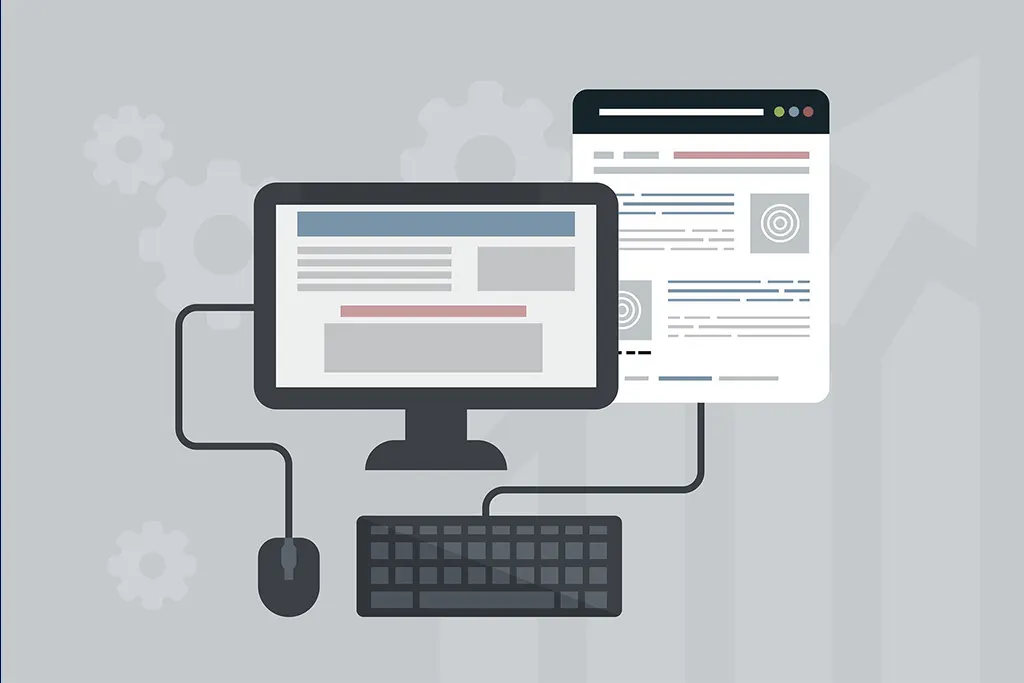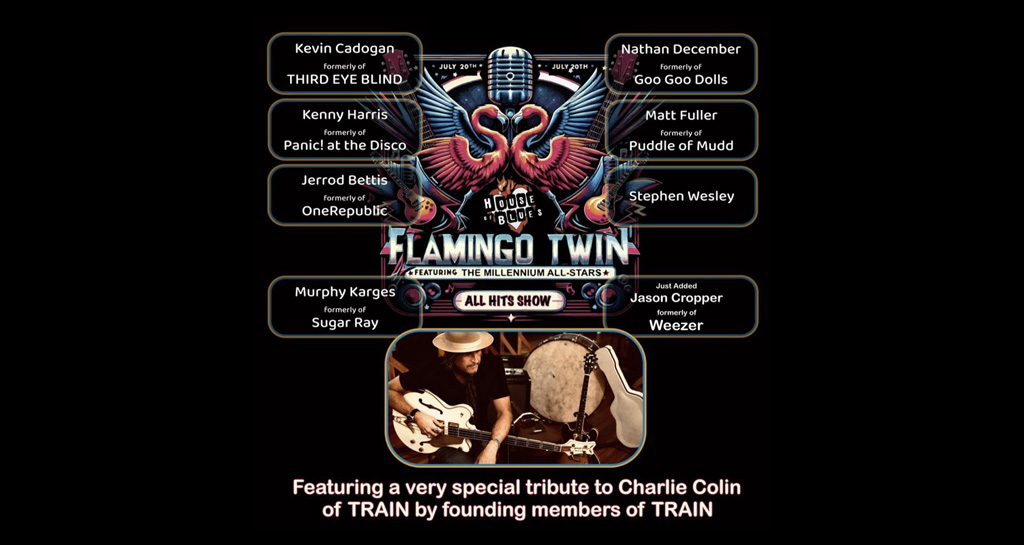User interface (UI) and user experience (UX) are two of the most significant concepts in modern design and technology. User interface design concerns all aspects of the design that a human interacts with. User experience design concerns all aspects that collectively create the emotions and attitudes of a human during their interaction with a product or service and the resulting lasting impressions.
We are available for redesigns of entire websites and team portals to bring them up to current design standards as well as designing frameworks for custom computer software and applications. Challenges are always welcome. We look forward to working with you in bringing your concept into a reality.


User interface (UI) and user experience (UX) are two of the most significant concepts in modern design and technology. User interface design concerns all aspects of the design that a human interacts with. User experience design concerns all aspects that collectively create the emotions and attitudes of a human during their interaction with a product or service and the resulting lasting impressions.
We are available for redesigns of entire websites and team portals to bring them up to current design standards as well as designing frameworks for custom computer software and applications. Challenges are always welcome. We look forward to working with you in bringing your concept into a reality.
Collectively, the user interface and user experience work together to provide value to the end user.
Aspects of user interface and user experience include but are not limited to the following:



